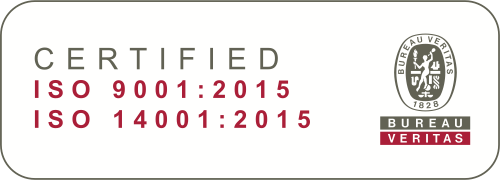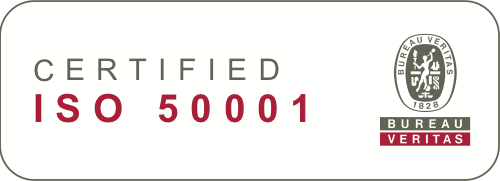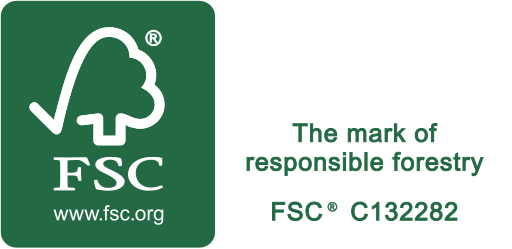The official history of the Räpina Paper Factory begins in the year 1728, when a nobleman from the court of Peter I, Gustav von Löwenwolde, acquired lands near the longest river in Estonia, the Võhandu River, in Räpina. The Balto-Saxon nobleman used the flowing waters of the river for the good of the industry. First of all, under the guidance of builder Johann Georg Keiser, a red brick factory was built. The bricks were used to build a saw, crop and paper mill. All these mills used water, a naturally replenishing source of energy as their source of energy.
The paper mill based on recycling technology started work in 1734. The mill used linen rags as raw material. Under the guidance of German and Swedish experts, Räpina produced different papers and cardboards. Also, new and innovative techniques were constantly experimented on. A rich collection of watermarks tells the story of the owners and experts of the paper mill. At first, production was handicraft, but by the beginning of the 19th century the paper factory was already using hollanders for grinding rags. Thanks to innovative business, Räpina Paper Factory became the fist manufacturer of roof carton in the Russian Empire. The paper mill became a factory in 1865, when the first paper manufacturing machine arrived in Räpina from Germany. Soon, the factory had four working machines, and one of these machines is still in working order today. During the awakening of the Estonian people in 1860-80 Räpina Paper Factory helped the spread of Estonian written materials. When Estonia declared its independence in 1918, Räpina Paper Factory was contracted to print paper money for the new republic. After World War II, the Soviet regime the factory mainly produced roof carton and isolation paper. It was only in 1970, when the factory was refitted and new production and housing buildings were constructed. Also, a waste water cleaning station was built. The factory became the most successful company in the Estonian Paper Manufacturing group. When Estonia re-declared its independence, the paper factory was completely modernized. The latest improvements came with the new millennia: for instance, the packaging paper line is from 2005. By using modern technology, the products of the company are now of the highest quality. In addition to partners in Estonia, Räpina Paper Factory cooperates with partners in neighboring, as well as Western European countries. The workers at Räpina Paper Factory have a mentor in the form of a specialist from Finland, one of the leading countries in paper manufacturing in the world. The factory is still using the water rich Võhandu River by also running a small power plant. The company recycles waste paper from Estonia, which also ensures the quality of the products. The manufacturing process is constantly being improved in order to make it even more nature friendly.







